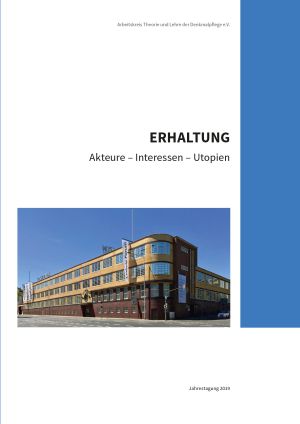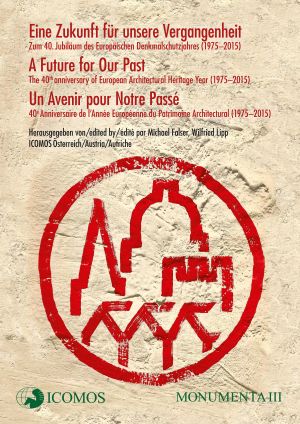Hönes, Ernst-Rainer
Erhaltung: Akteure – Interessen – Utopien
The will to preserve the architectural cultural heritage can be considered one of the cornerstones of heritage conservation theory and practice. In addition to this seemingly common, overarching goal, however, a closer look reveals a broad spectrum of different objectives and priorities. These are each closely linked to the social contexts and the people involved. For what is understood by preservation and what is to be preserved in a monument is to a large extent related to what is considered to constitute its value - and is thus dependent not only on the constantly changing technical prerequisites, but also on personal and social attributions of value.
A Future for Our Past: The 40th anniversary of European Architectural Heritage Year (1975–2015)
Under the motto A Future for Our Past, the European Architectural Heritage Year of 1975 was the most important and successful campaign of its time for the preservation and valorisation of architectural heritage in Europe. With its recognition of the importance of urbanistic ensembles, of the plurality within the categories of historic monuments, of citizens’ engagement, and finally, of legal and administrative measures for monument protection, this European campaign had a sustainable impact. Its programmatic approaches and conceptual ideas are of high importance for the present, and motivate new interpretations for the future. With more than 40 contributions this publication is the first comprehensive appraisal of 1975 European Architectural Heritage Year for its 40th anniversary in 2015.








